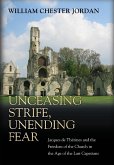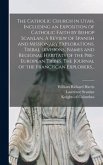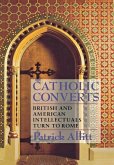This is a study of the religious practices of lay people within a distinctive and relatively unexplored region that once formed the diocese of Salisbury. Andrew Brown explores lay piety in its contexts of landscape, society, and the church, and examines the many different issues and activities which were of contemporary importance, such as the religious guilds, charity, and heresy. He shows how the regional variations in social and economic structure affected parish life, and concludes with an important assessment of the reception of the Reformation in the diocese. This is the first scholarly study of the lay religion of this region, and its broad chronological range of and meticulously researched local focus offer illuminating insights into medieval piety over the centuries.
This is the first book to study the religious practices of lay people in the region that once formed the diocese of Salisbury. Andrew Brown explores the relationship between lay piety and geographical location, social condition, and ecclesiastical structures. He tackles a wide range of issues, from the popularity of monastic institutions to the extent of charitable giving, and from the role of guilds to the incidence of heresy. He concludes with an important reassessment of the reception of the Reformation. The book's broad chronological range and meticulously researched local focus offer illuminating insights into medieval religion.
Hinweis: Dieser Artikel kann nur an eine deutsche Lieferadresse ausgeliefert werden.
This is the first book to study the religious practices of lay people in the region that once formed the diocese of Salisbury. Andrew Brown explores the relationship between lay piety and geographical location, social condition, and ecclesiastical structures. He tackles a wide range of issues, from the popularity of monastic institutions to the extent of charitable giving, and from the role of guilds to the incidence of heresy. He concludes with an important reassessment of the reception of the Reformation. The book's broad chronological range and meticulously researched local focus offer illuminating insights into medieval religion.
Hinweis: Dieser Artikel kann nur an eine deutsche Lieferadresse ausgeliefert werden.








